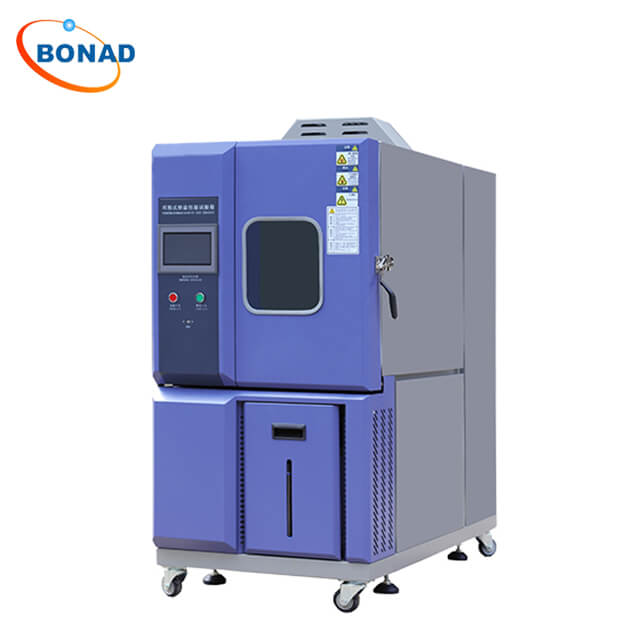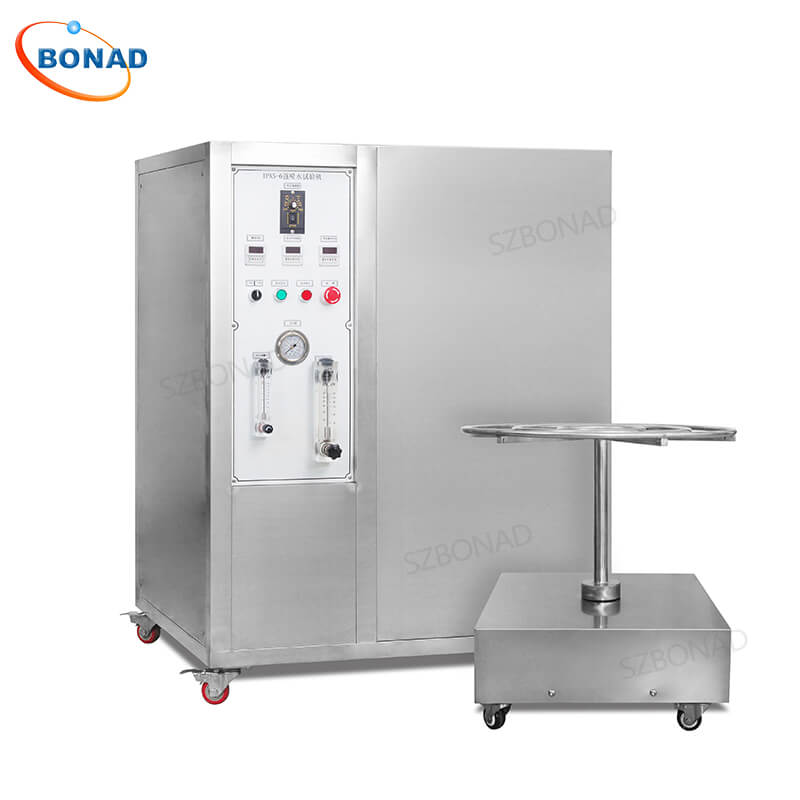What is a Damp Heat Test? Ensuring Product Reliability in Harsh Environments
Damp heat tests are essential environmental evaluations that simulate extreme humidity and temperature conditions to assess product durability. Used across industries like electronics, automotive, and aerospace, these tests validate whether products withstand real-world stresses. This article explores damp heat testing, its critical importance, how test chambers work, and the tangible benefits for manufacturers.
Why Damp Heat Testing is Non-Negotiable for Quality
Damp heat testing exposes products to controlled high humidity (typically 20-98% RH) and temperature cycles (often -40°C to 180°C) to replicate harsh operational environments. Its significance spans three core areas:
- Product Reliability: Prevents failures by identifying corrosion, material degradation, or malfunctions in electronics and components before market release.
- Quality Assurance: Uncovers design flaws early, enabling improvements and ensuring only robust products reach consumers.
- Regulatory Compliance: Meets stringent industry standards (e.g., IEC, MIL-STD, ISO) for safety and performance in sectors like automotive and aerospace.
Without these tests, products risk catastrophic failure in humid conditions – like condensation-induced short circuits in electronics.
How a Damp Heat Test Chamber Works: Precision Under Pressure
A damp heat test chamber creates precise, controlled environments through advanced engineering:
- Temperature Control: Maintains extreme ranges (-40°C to 150°C) with uniform distribution to eliminate hotspots.
- Humidity Control: Accurately sustains humidity levels (20-98% RH) for consistent, repeatable testing.
- Data Monitoring: Sensors log real-time temperature/humidity data, with software generating compliance reports and alerting deviations.

The 5-Step Testing Process:
- Preparation: Position product in the chamber; record baseline condition.
- Parameter Setting: Define temperature, humidity, and duration (hours to weeks).
- Test Execution: Chamber simulates target environment.
- Data Collection: Monitor product performance and environmental stability.
- Analysis: Evaluate product against pass/fail criteria; identify failure points.
5 Key Benefits of Damp Heat Testing
- Extended Product Lifespan: Products proven resilient in testing last longer in real-world use.
- Increased Customer Satisfaction: Reliability builds brand trust and loyalty.
- Reduced Warranty Costs: Catching flaws early slashes post-sale failures and claims.
- Guaranteed Compliance: Avoid fines and reputational damage by meeting industry regulations.
- Driven Innovation: Insights from failures fuel design improvements for superior products.
Conclusion
Damp heat testing is indispensable for developing reliable, long-lasting products. By leveraging advanced damp heat test chambers, manufacturers gain critical insights into product performance under stress, ensuring quality, compliance, and customer satisfaction. Integrating these tests isn’t just about meeting standards – it’s a strategic investment in product excellence.
Interested in advanced damp heat test chambers? Contact us at zhy@szbonad.com to learn how our solutions can enhance your testing capabilities.


